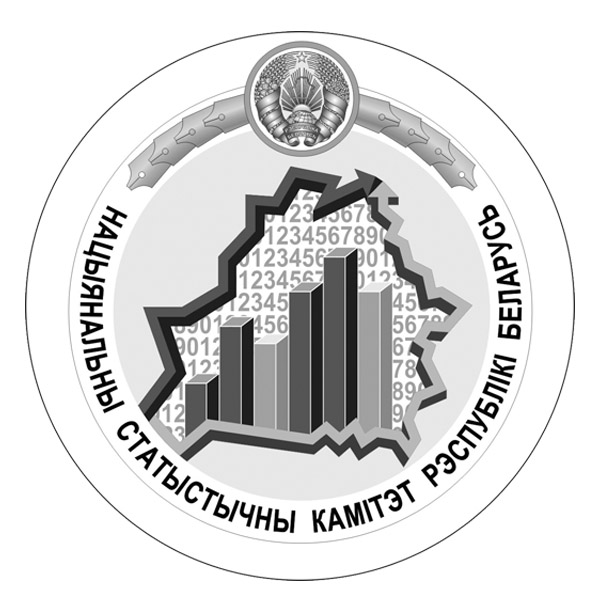Goal 2: End hunger, achieve food security and improved nutrition and promote sustainable agriculture
|
Global level indicators |
Tier at global level |
National indicators |
National agency responsible for the indicator |
|
TARGET 2.1. By 2030, end hunger and ensure access by all people, in particular the poor and people in vulnerable situations, including infants, to safe, nutritious and sufficient food all year round |
|||
|
2.1.1. Prevalence of undernourishment |
I |
2.1.1. Prevalence of undernourishment |
FAO |
|
2.1.2. Prevalence of moderate or severe food insecurity in the population, based on the Food Insecurity Experience Scale (FIES) |
I |
2.1.2. Prevalence of moderate or severe food insecurity in the population, based on the Food Insecurity Experience Scale (FIES) |
FAO |
|
TARGET 2.2. By 2030, end all forms of malnutrition, including achieving, by 2025, the internationally agreed targets on stunting and wasting in children under 5 years of age, and address the nutritional needs of adolescent girls, pregnant and lactating women and older persons |
|||
|
2.2.1. Prevalence of stunting (height for age <-2 standard deviation from the median of the World Health Organization (WHO) Child Growth Standards) among children under 5 years of age |
I |
2.2.1. Prevalence of stunting (height for age <-2 standard deviation from the median of the World Health Organization (WHO) Child Growth Standards) among children under 5 years of age |
Ministry of Health |
|
2.2.2. Prevalence of malnutrition (weight for height >+2 or <-2 standard deviation from the median of the WHO Child Growth Standards) among children under 5 years of age, by type (wasting and overweight) |
I |
2.2.2. Prevalence of malnutrition (weight for height >+2 or <-2 standard deviation from the median of the WHO Child Growth Standards) among children under 5 years of age, by type (wasting and overweight) |
Ministry of Health |
|
2.2.3. Prevalence of anaemia in women aged 15 to 49 years, by pregnancy status (percentage) |
I |
2.2.3. Prevalence of anaemia in pregnant women (percentage) |
Ministry of Health |
|
TARGET 2.3. By 2030, double the agricultural productivity and incomes of small-scale food producers, in particular women, indigenous peoples, family farmers, pastoralists and fishers, including through secure and equal access to land, other productive resources and inputs, knowledge, financial services, markets and opportunities for value addition and non-farm employment |
|||
|
2.3.1. Volume of production per labour unit by classes of farming/pastoral/forestry enterprise size |
II |
2.3.1. Volume of production per labour unit by classes of farming enterprise size |
Belstat |
|
2.3.2. Average income of small-scale food producers, by sex and indigenous status |
II |
2.3.2.1 Average income of small food producers |
Belstat |
|
TARGET 2.4. By 2030, ensure sustainable food production systems and implement resilient agricultural practices that increase productivity and production, that help maintain ecosystems, that strengthen capacity for adaptation to climate change, extreme weather, drought, flooding and other disasters and that progressively improve land and soil quality |
|||
|
2.4.1. Proportion of agricultural area under productive and sustainable agriculture |
II |
2.4.1. Proportion of agricultural area under productive and sustainable agriculture |
Ministry of Agriculture and Food; National Academy of Sciences |
|
TARGET 2.5. By 2020, maintain the genetic diversity of seeds, cultivated plants and farmed and domesticated animals and their related wild species, including through soundly managed and diversified seed and plant banks at the national, regional and international levels, and promote access to and fair and equitable sharing of benefits arising from the utilization of genetic resources and associated traditional knowledge, as internationally agreed |
|||
|
2.5.1. Number of (a) plant and (b) animal genetic resources for food and agriculture secured in either medium- or long-term conservation facilities |
I |
2.5.1. Number of plant and animal genetic resources for food and agriculture secured in either medium- or long-term conservation facilities |
National Academy of Sciences; Ministry of Agriculture and Food |
|
2.5.2. Proportion of local breeds classified as being at risk of extinction |
II |
2.5.2. Proportion of local breeds classified as being at risk of extinction |
Ministry of Agriculture and Food; National Academy of Sciences |
|
TARGET 2.a. Increase investment, including through enhanced international cooperation, in rural infrastructure, agricultural research and extension services, technology development and plant and livestock gene banks in order to enhance agricultural productive capacity in developing countries, in particular least developed countries |
|||
|
2.a.1. The agriculture orientation index for government expenditures |
I |
2.a.1. The agriculture orientation index for government expenditures |
Belstat |
|
2.a.2. Total official flows (official development assistance plus other official flows) to the agriculture sector |
I |
2.a.2. Total official flows (official development assistance plus other official flows) to the agriculture sector |
OECD |
|
TARGET 2.c. Adopt measures to ensure the proper functioning of food commodity markets and their derivatives and facilitate timely access to market information, including on food reserves, in order to help limit extreme food price volatility |
|||
|
2.c.1. Indicator of food price anomalies |
I |
2.c.1. Indicator of food price anomalies |
FAO |

